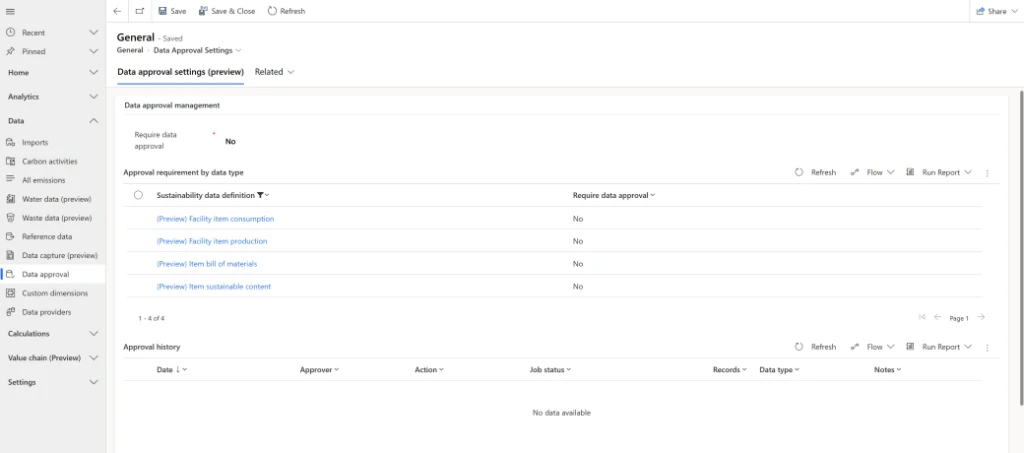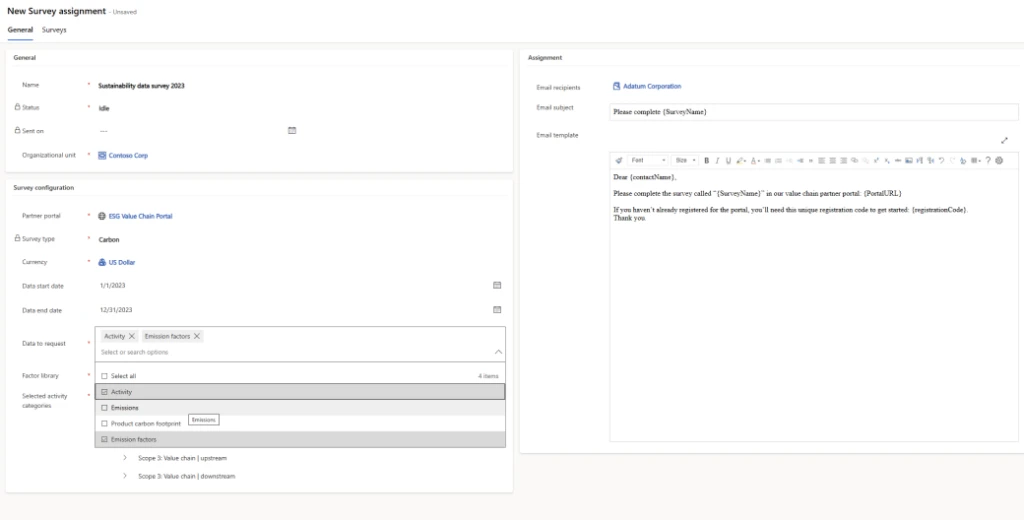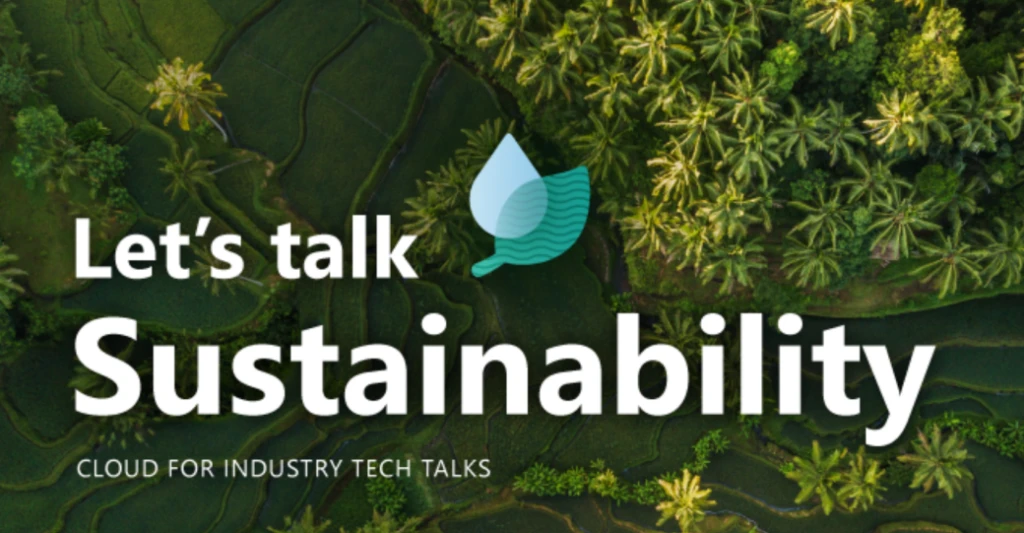Notizie per Categorie
Articoli Recenti
- [Launched] Generally Available: Latest PostgreSQL minor versions supported by Azure Database for PostgreSQL flexible server 2 Luglio 2025
- [Launched] Generally Available: Azure DNS security policy 2 Luglio 2025
- [In preview] Public Preview: Azure SQL updates for early-July 2025 2 Luglio 2025
- [Launched] Generally Available: Azure SQL updates for early-July 2025 2 Luglio 2025
- Retirement: VM Insights Map and Dependency Agent are being on June 30, 2028 2 Luglio 2025
- Planning your move to Microsoft Defender portal for all Microsoft Sentinel customers 1 Luglio 2025
- [Launched] Generally Available: Azure App Service on Azure Stack Hub 25R1 1 Luglio 2025
- Jasper Sleet: North Korean remote IT workers’ evolving tactics to infiltrate organizations 30 Giugno 2025
- [Launched] Generally Available: Encryption in Transit (EiT) for Azure Files NFS shares 30 Giugno 2025
- [Launched] Generally Available: Query editor in Azure Monitor Metrics 30 Giugno 2025
New ways to improve your circularity data with Microsoft Sustainability Manager
Microsoft Sustainability Manager offers a range of tools to help your organization collect data from your partners—from emissions to PCF, activities to emission factors, depending on your specific needs. Circularity is an important means of reducing waste and resource consumption by keeping materials, products, and services in use for as long as possible. To help organizations measure and report their circularity performance, Microsoft Sustainability Manager now includes circularity data ingestion.
Introducing microsoft cloud for sustainability community portal
Building on the existing data approval management (DAM) capabilities in Sustainability Manager, the new data approval management for circularity feature enables organizations to improve control over their incoming data to help ensure data continuity and quality. Read about how it works, along with other new features, enhancements, and resources designed to help your organization achieve its sustainability goals.

Authorize access and better manage your organization’s circularity data
DAM for circularity allows you to configure Sustainability Manager so that records are staged in a pending state until approved by an authorized user. The pending data doesn’t affect calculations, analysis, and reporting. Authorized users can access the data for ingestion and manage the approval lifecycle of the data in entities.
After authorized users review and approve, the data becomes available for all corresponding functions, such as calculations and reporting. You can enable DAM for all or only selected data type entities. Records in data type categories that aren’t enabled for DAM are auto-approved, including all records that were created in previous versions.
DAM is disabled by default. When activated, all DAM-enabled records are created in a pending state. Pending records are still visible in record registers.

With the release of DAM for circularity, sustainability managers can now turn on the DAM flag for the following circularity data definition entities:
- Circularity design principle
- Sustainability item category SKU
- Sustainability item packaging
- Sustainability item SKU
- Facility item production
Collect and utilize data with the enhanced ESG value chain solution
ESG value chain solution
As they mature in their sustainability journeys, organizations need access to more value chain data to accurately and thoroughly account for their scope 3 carbon emissions. To report on the environmental impact of their entire operations, products, and value chain—including that of their partners—they need better visibility into their environmental footprint. But collecting data, especially from suppliers or other partners outside the organization, can be challenging.
Digital technologies enable organizations to achieve greater transparency and accountability throughout their value chain, from raw materials to product creation to distribution. By adopting a data-first approach, you can drive efficiency, reduce emissions, and design out waste.
The environmental, social, and governance (ESG) value chain solution already enabled you to collect emissions and product carbon footprint (PCF) data from your value chain partners and use that data to calculate your scope 3 emissions. With the latest enhancements to the solution, you can now also collect activity data from your value chain partners and use it to calculate their emissions, and you can gather partner-specific emission factors, enabling you to calculate your scope 3 emissions based on your consumption with those partners. Value chain partners can provide data directly in the survey or they can ingest bulk data through templates provided in the portal.
Additionally, we’ve streamlined the process of requesting data from your partners. You can now ingest all your contacts and accounts together and create groups of partners. Through the new survey assignment process you can choose which data types to request, send out surveys to groups of partners, and auto-populate the necessary information for your partners using email templates.
The ESG value chain solution is easier to use as a result of these enhancements. You can still configure the survey through Microsoft Power Platform to gather the data you need, and now you can also choose from new data types to collect—including partner activity data and partner-specific emission factors. Use the activity data to calculate and view your partners’ emissions in calculations, or calculate your scope 3 emissions directly using the partner-specific emission factors.

Assess your organization’s emissions leveraging the 2023 National Greenhouse Accounts Factors
Updated annually, the Australian National Greenhouse Accounts (NGA) Factors1 is recognized globally as a crucial benchmark for assessing greenhouse gas emissions across various sectors, providing a standardized framework to measure and manage environmental impacts. Now available in Microsoft Sustainability Manager, the factors provide you with a powerful tool to better comprehend your carbon footprint in alignment with Australia’s specific metrics.
Check out our Cloud for Industry Tech Talks

Let’s Talk Sustainbility: Tech Talks, is our expert-led discussion series designed to help organizations speed up their learning about Microsoft Cloud for Sustainability technologies. You’ll come away with valuable perspectives from the people behind the technologies, as well as product information, live demos, and recommended actions.
Here are some of the new Tech Talks available for you to view on-demand:
- Getting to value quickly:
Alejandro Gutierrez, Principal Product Manager, and Gina Kirby, Global Black Belt, discuss the different strategies for speeding up time to value with Microsoft Sustainability Manager. Designed to be deployed incrementally on an agile basis, you’ll learn about best practices based on successful deployments and get guidance on implementation. - Water sustainability:
Sourav Chakraborty, Principal Product Manager, and Gina Kirby, Global Black Belt, discuss the increasing importance of water conservation in organizations to protect local ecosystems and help support compliance with environmental, social, and governance (ESG) disclosure standards and regulations. This show features a demo of the water sustainability modules in Microsoft Sustainability Manager and explains how to use the solution to achieve water sustainability goals. - Introduction to Microsoft Sustainability Manager:
Robin Smith, Principal Group Manager, and Alejandro Gutierrez, Principal Product Manager, take you on a journey through the main capabilities of Microsoft Sustainability Manager. This show features a series of quick demos that highlight what’s new and demonstrate how Sustainability Manager can help you achieve your sustainability goals. - Connecting to your data sources:
In the rapidly evolving landscape of sustainability technology, effective data connectivity stands as a linchpin for success. Host Shopen Patel, Senior Program Manager, guides you on an exploration of the intricacies of solution connectivity with Microsoft Sustainability Manager. Discover the various ways Sustainability Manager connects data sources and systems; its prowess in handling errors during data import; and the robust security measures in place to safeguard your data. - Sustainability solution extensibility:
Shopen Patel, Senior Program Manager, and Vanya Kashperuk, Principal Group Engineering Manager, discuss the extension capabilities available in Microsoft Sustainability Manager, including examples of how to extend system behavior through configuration, customization, and integration. You’ll get a deep dive into features including custom dimensions, view personalization options, Synapse Link for Dataverse, and third-party connectors, as well as integrations with Microsoft Teams, Power Automate, and other technologies.
Next steps
- Join us on February 13, 2024 for a free digital event, This is AI … for Sustainability, with Melanie Nakagawa, Chief Sustainability Officer, Shelly Blackburn, Global Vice President for Sustainability Go to Market, and Satish Thomas, Corporate Vice President, Microsoft Industry Clouds. Join the event for guidance on your sustainability journey and to learn how to drive business transformation with Microsoft data and AI solutions. Register here.
- Bookmark Microsoft Industry Blogs: Sustainability for the latest updates, including new capabilities we’re introducing across Microsoft Cloud for Sustainability in February.
- Want to learn more about Microsoft Cloud for Sustainability? Sign up for news and updates and try it for free.
1 Australian Government, Australian National Greenhouse Accounts Factors, August 2023.
The post New ways to improve your circularity data with Microsoft Sustainability Manager appeared first on Microsoft Industry Blogs.
Source: Microsoft Industry Blog
